Spain offers an incredible backdrop for spontaneous solo adventures, with its warm hospitality, excellent public transportation, and countless charming towns that welcome wanderers with open arms. From coastal hideaways to mountain retreats, the country brims with destinations where you can arrive without an itinerary and still have an unforgettable experience.
Here is a list of 20 Spanish towns that shine brightest for travelers seeking authentic experiences without rigid schedules or elaborate plans.
Granada
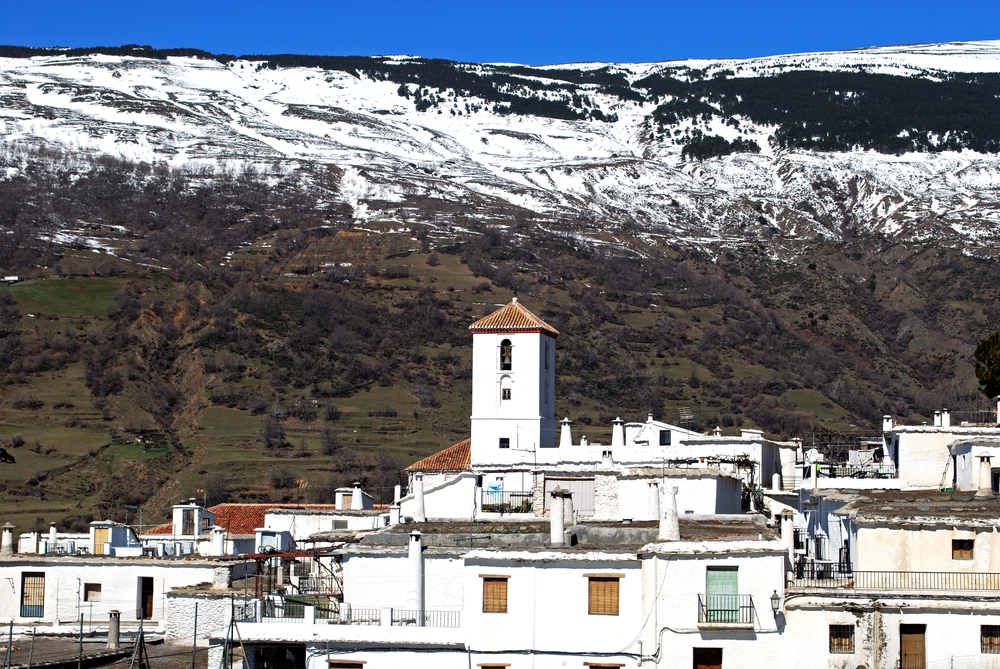
Nestled at the foot of the Sierra Nevada mountains, Granada combines Moorish splendor with a relaxed Spanish ambiance. The Alhambra palace complex is an architectural marvel you can explore at your own pace, while the winding streets of Albaicín offer countless café terraces perfect for people-watching.
Tapas are free with drinks in most establishments, making spontaneous dining affordable and delightful.
Ronda
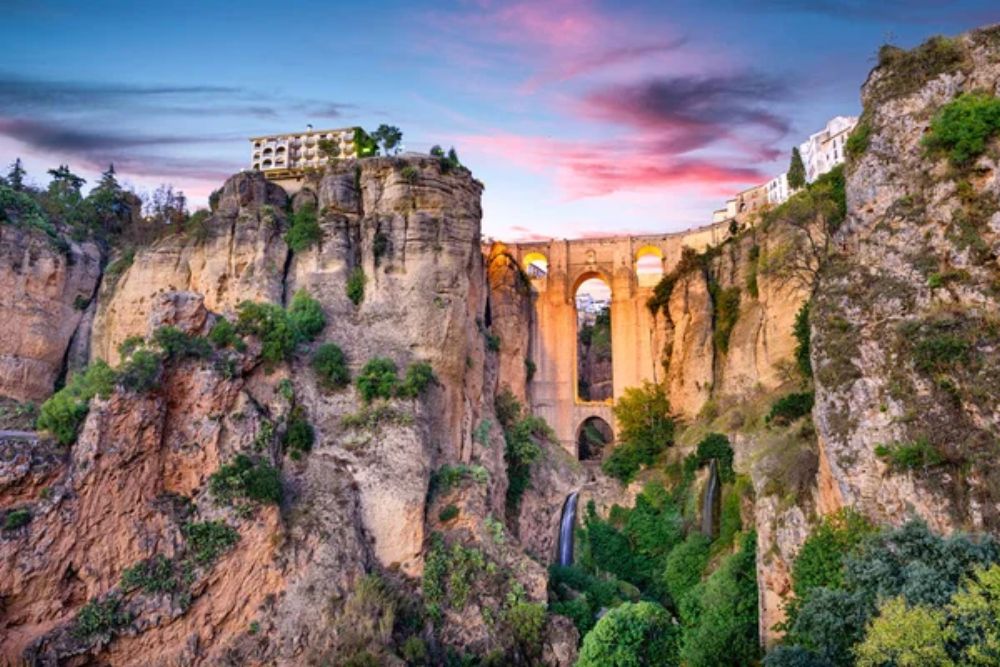
Perched dramatically above a deep gorge, Ronda captivates with its spectacular views and ancient stone bridge. The town’s compact historic center makes it easy to navigate without a map, allowing you to stumble upon hidden plazas and centuries-old buildings.
Local wines from the surrounding countryside pair perfectly with lazy afternoons at cliff-edge viewpoints.
Like Travel Pug’s content? Follow us on MSN.
Cadaqués
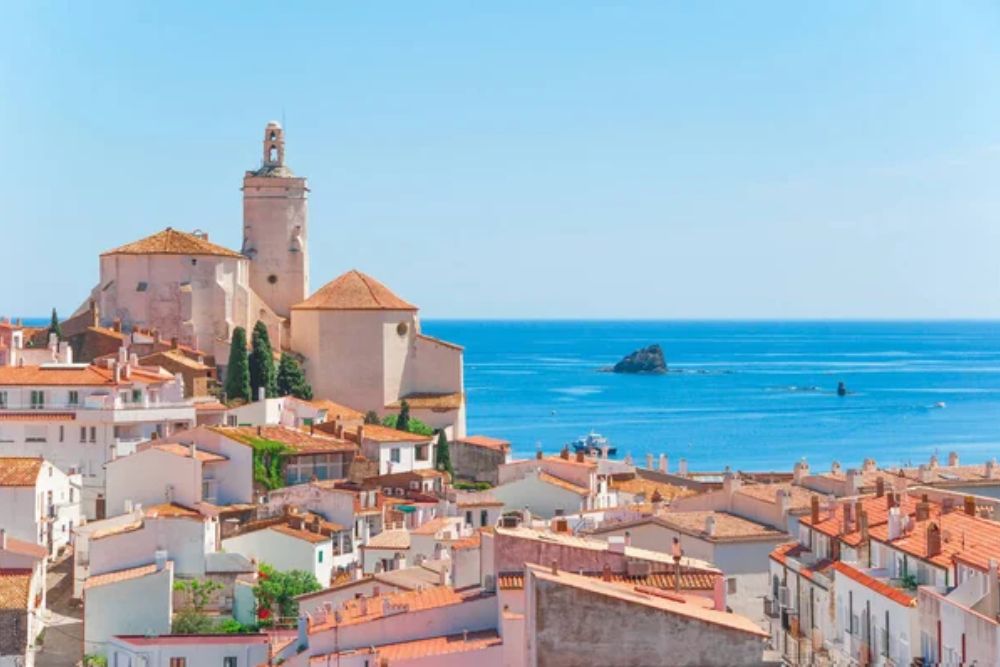
This whitewashed fishing village on the Costa Brava inspired Salvador Dalí for good reason. Its crystal-clear waters and winding cobblestone streets feel worlds away from Spain’s busier coastal resorts.
The relaxed pace makes it ideal for impromptu swims, coastal walks, and leisurely meals of fresh seafood at harbor-front restaurants.
Toledo

Once Spain’s capital, Toledo sits majestically atop a hill surrounded by the Tagus River, creating a natural fortress filled with history. The medieval streets form a fascinating labyrinth where getting lost becomes part of the charm.
Artisan workshops crafting damascene jewelry and traditional swords welcome curious visitors who wander in without appointments.
Cuenca
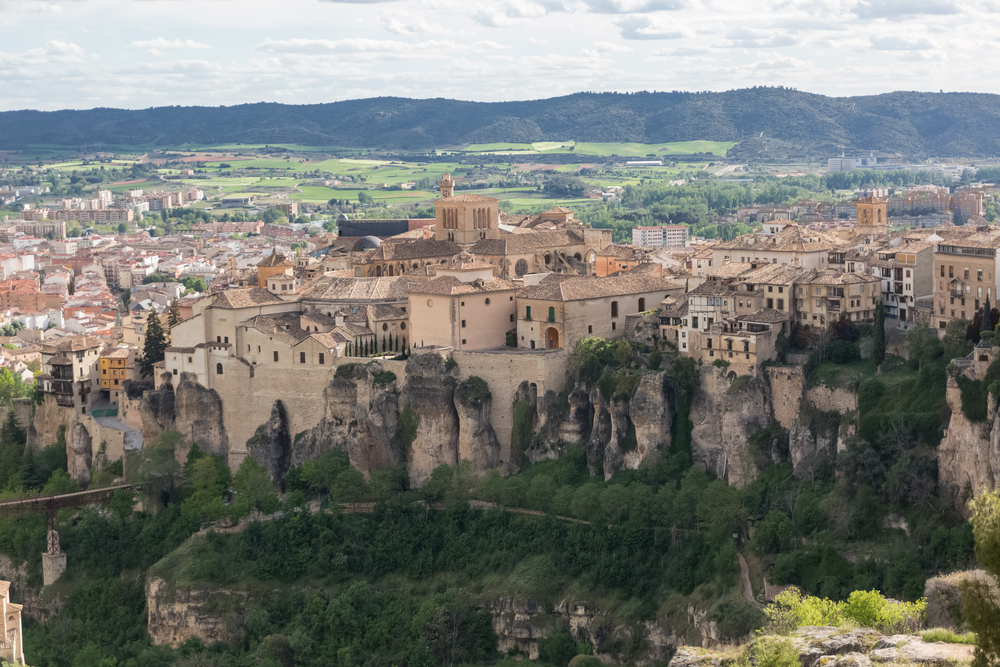
Famous for its ‘hanging houses’ perched on limestone cliffs, Cuenca delivers drama and tranquility in equal measure. The town’s abstract art museum provides a fascinating contrast to its medieval architecture.
Walking across the San Pablo Bridge offers vertigo-inducing views that require no planning but deliver instant rewards.
Like Travel Pug’s content? Follow us on MSN.
Jerez de la Frontera

The birthplace of sherry wine welcomes visitors with open cellar doors and spontaneous flamenco performances. Jerez prides itself on its equestrian traditions, which are showcased at the Royal Andalusian School of Equestrian Art.
The town’s relaxed approach to scheduling means you can easily join impromptu wine tastings or catch authentic flamenco shows in neighborhood bars.
Segovia

Dominated by its massive Roman aqueduct and fairy-tale castle, Segovia feels like stepping into a medieval storybook. The compact old town makes aimless wandering particularly rewarding, with hidden courtyards and sunny plazas appearing around unexpected corners.
The local specialty of roast suckling pig draws food enthusiasts to traditional restaurants housed in centuries-old buildings.
Sitges
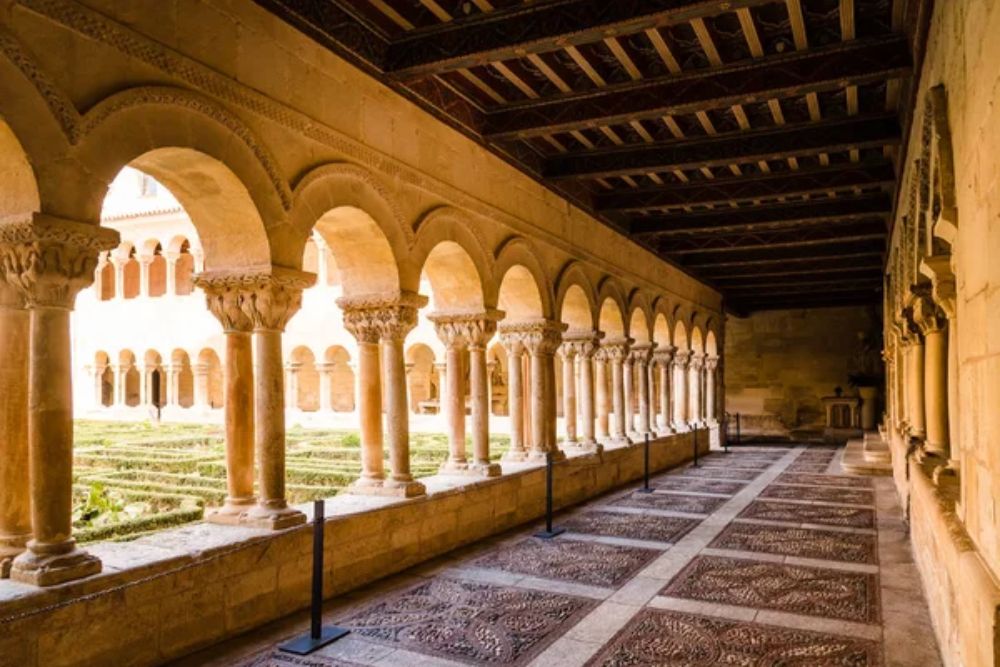
This liberal coastal town, just 25 miles from Barcelona, offers pristine beaches and a vibrant cultural scene. Sitges’ pedestrian-friendly old town comes alive at sunset, when café terraces fill with a diverse mix of locals and visitors.
The relaxed Mediterranean vibe encourages spontaneous dips in the sea, followed by leisurely dinners that stretch well into the evening.
Like Travel Pug’s content? Follow us on MSN.
Salamanca

Home to one of Europe’s oldest universities, Salamanca pulses with youthful energy yet remains deeply connected to its historic roots. The golden sandstone buildings glow magnificently at sunset, creating an almost magical atmosphere in the Plaza Mayor.
Student-friendly prices make it easy to enjoy local cuisine and culture without breaking the bank or requiring reservations.
Mérida
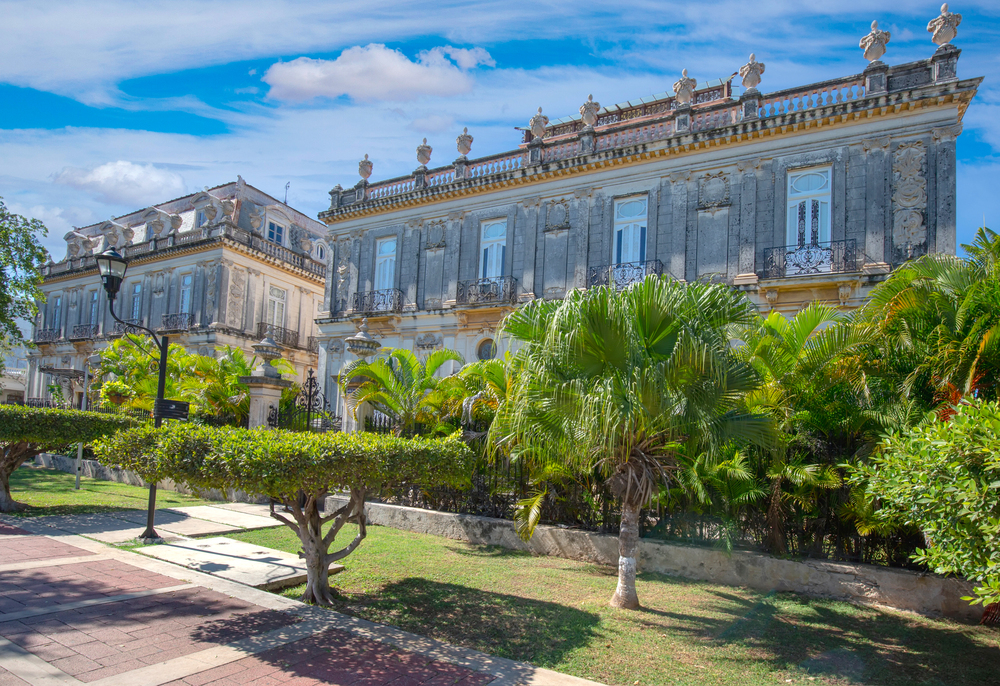
Walking through Mérida means traversing ancient Roman streets with remarkably preserved theaters, temples, and aqueducts. As Spain’s finest collection of Roman ruins, the town offers an open-air museum experience where you can wander freely among structures dating back two millennia.
Modern cafés nestle against ancient walls, creating perfect spots for contemplation between explorations.
Hondarribia
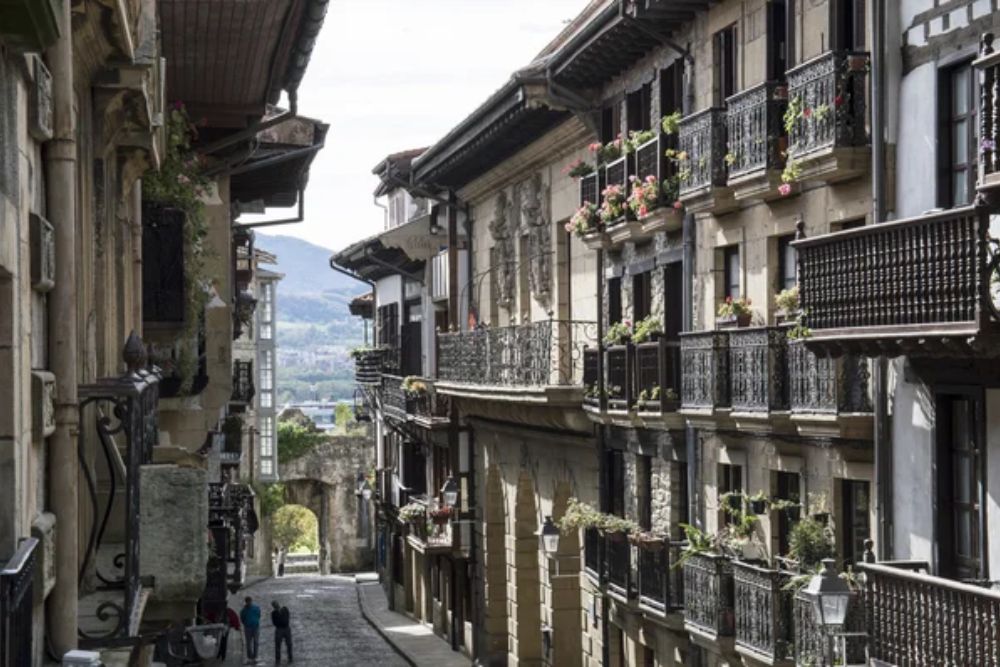
This colorful fishing village near the French border combines Basque culture with stunning architecture and exceptional cuisine. The contrast between its fortified upper town and the fishermen’s quarter below creates distinct atmospheres to explore.
Local pintxo bars (the Basque version of tapas) encourage spontaneous grazing through delicious bite-sized creations.
Like Travel Pug’s content? Follow us on MSN.
Albarracín

Often called Spain’s most beautiful village, this medieval town appears frozen in time with its pink-hued buildings and encircling walls. Albarracín’s remote location in the mountains of Teruel province means fewer tourists and a more authentic experience.
Narrow streets curve organically up the hillside, revealing panoramic viewpoints that reward wanderers.
Frigiliana
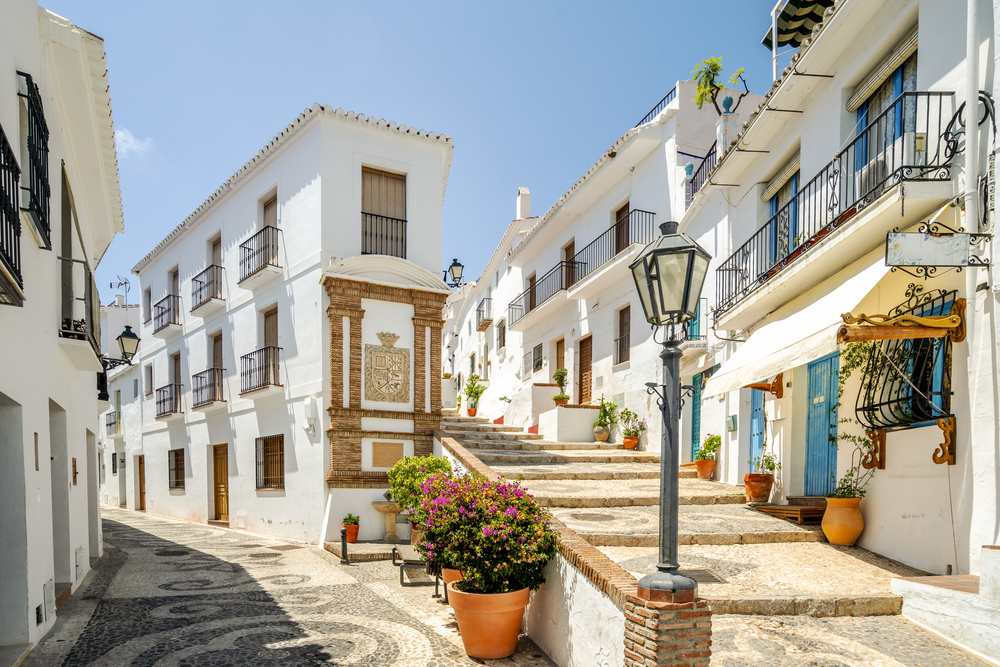
Gleaming white buildings adorned with colorful flowerpots make Frigiliana a photographer’s dream in southern Spain. This Andalusian gem offers a maze of narrow lanes that climb the hillside, each turn revealing new vistas of the Mediterranean Sea below.
Local honey, wine, and olive oil make perfect impromptu picnic supplies for sunset viewing spots.
Cudillero

This northern fishing village resembles an amphitheater of colorful houses cascading to a perfect little harbor. Cudillero’s seafood restaurants serve the morning’s catch by lunchtime, requiring no reservation—just a healthy appetite.
The pace of life slows noticeably here, making it ideal for travelers seeking to escape schedules entirely.
Like Travel Pug’s content? Follow us on MSN.
Potes
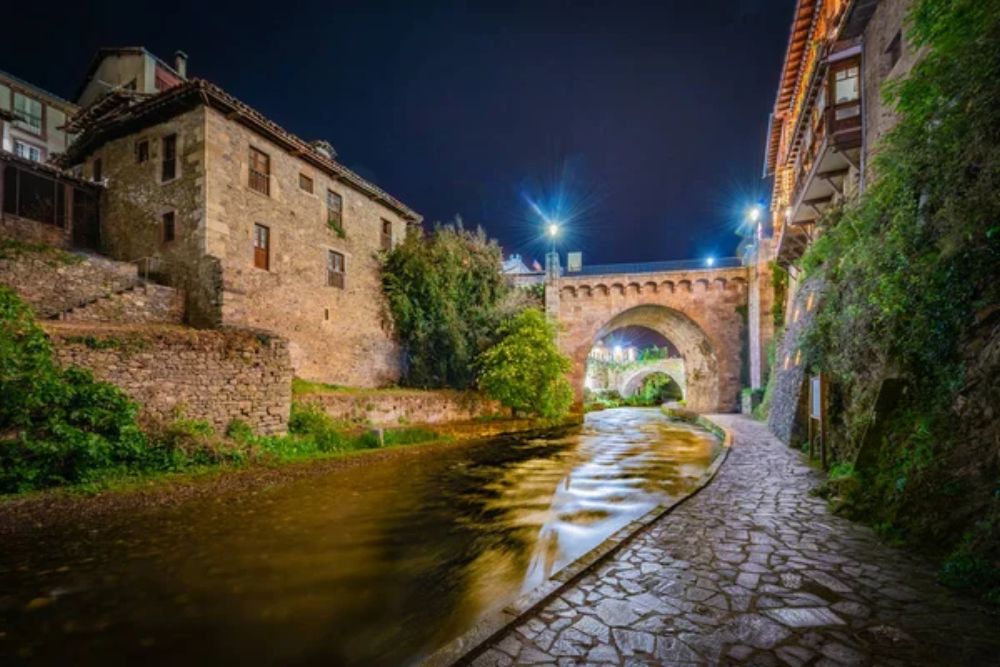
Surrounded by the dramatic Picos de Europa mountains, Potes serves as a gateway to some of Spain’s most spectacular scenery. Stone bridges cross the river that cuts through town, connecting medieval quarters filled with sidrerías (cider houses) where you can sample local apple cider.
Hiking trails begin at the town’s edge, requiring no guide or special equipment for shorter explorations.
Zahara de la Sierra
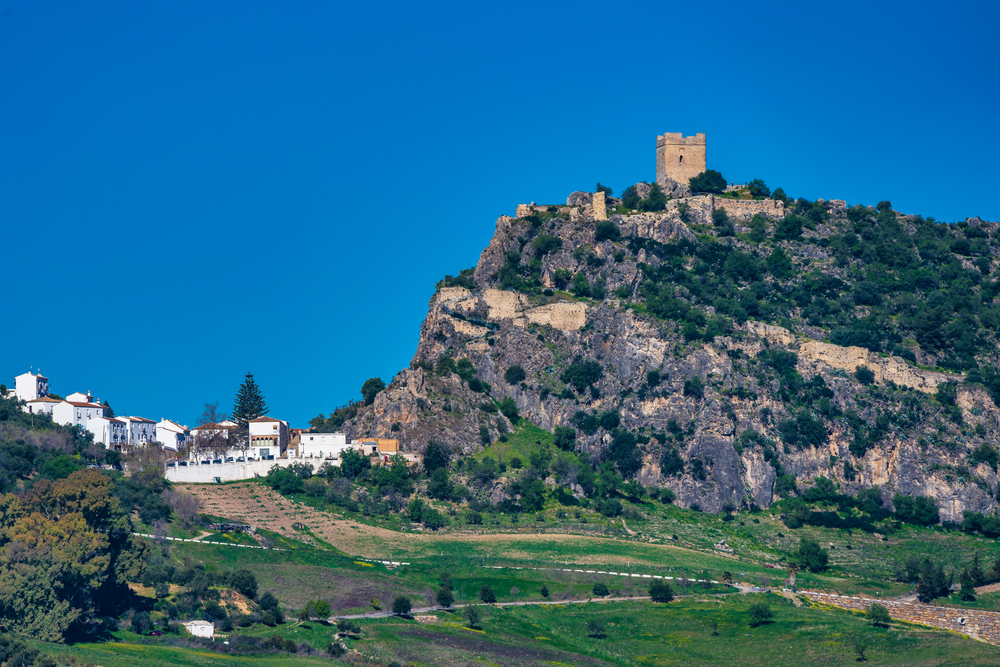
Perched dramatically on a mountain overlooking a turquoise reservoir, Zahara combines natural beauty with historical significance. The Moorish castle crowning the town offers panoramic views worth the climb on spontaneous afternoon explorations.
With fewer than 1,500 residents, genuine encounters with locals become part of the daily experience.
Mojácar
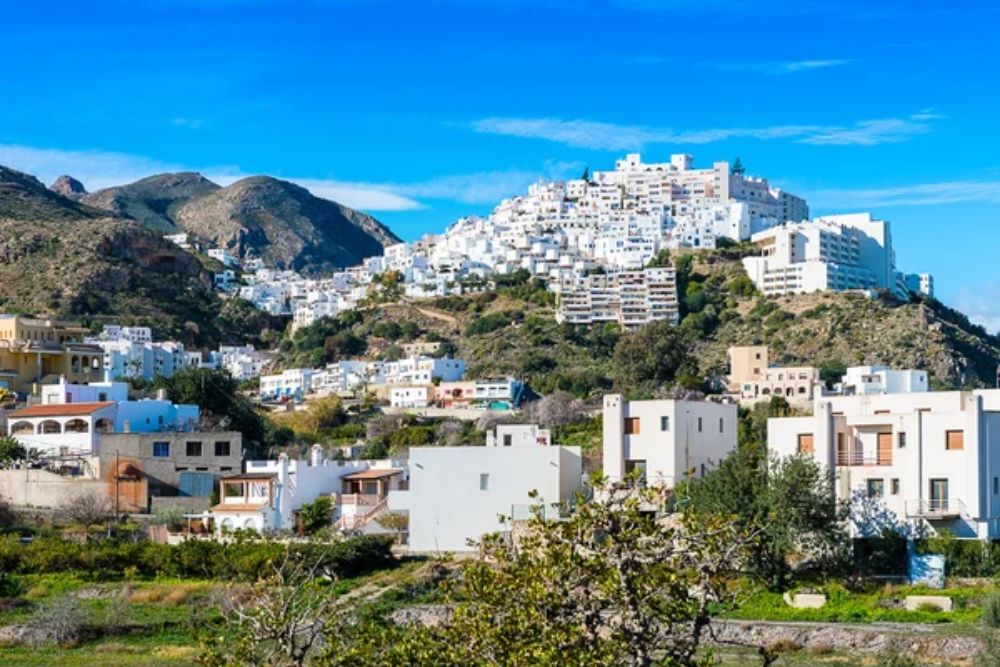
Split between an ancient hilltop village and a relaxed beachfront, Mojácar offers spontaneous travelers the best of both worlds. The labyrinthine old town features whitewashed buildings and unexpected viewpoints, while the 10-mile coastline provides plenty of space for impromptu beach days.
Evening paseos (strolls) along the promenade showcase Spanish social life at its most authentic.
Like Travel Pug’s content? Follow us on MSN.
Trujillo

Conquistadors once called this Extremaduran town home, leaving behind impressive palaces surrounding a magnificent main plaza. Trujillo’s historic center contains remarkably preserved medieval and Renaissance architecture with minimal tourist infrastructure.
Local dehesa farms produce world-class jamón ibérico, which can be tasted in unpretentious taverns throughout town.
Santillana del Mar
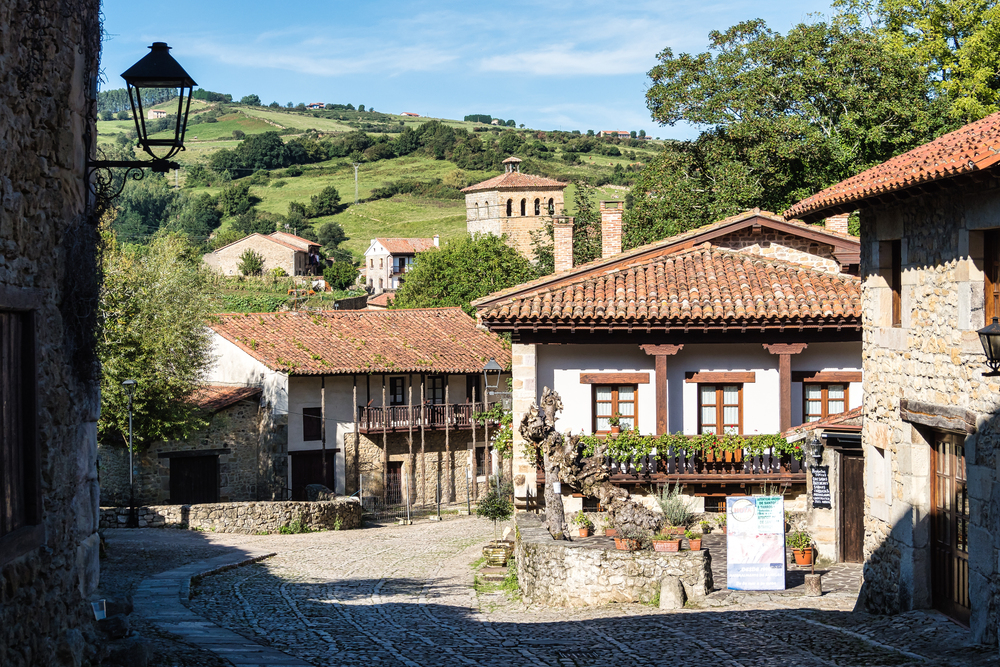
Jean-Paul Sartre allegedly called it ‘the prettiest village in Spain,’ and wandering Santillana del Mar’s perfectly preserved medieval streets shows why. The northern town functions as a living museum where stone buildings house artisan workshops, small museums, and family-run inns.
Car-free cobblestone streets invite aimless exploration at the perfect pace for discovering architectural details.
Lastres

Cascading down a steep hillside to the Cantabrian Sea, Lastres combines dramatic topography with authentic fishing village charm. Made famous by a Spanish TV series, the town nonetheless maintains its genuine character and working harbor.
Seafood restaurants with ocean views require no reservations during weekdays, serving the freshest catch alongside spectacular vistas.
Like Travel Pug’s content? Follow us on MSN.
The Enduring Appeal of Unplanned Discoveries

These twenty Spanish towns offer the perfect balance of infrastructure and authenticity for solo travelers who prefer discovery over detailed itineraries. Each offers a unique window into Spanish culture through architecture, cuisine, and refreshingly genuine daily rhythms.
In an age of over-tourism and heavily curated experiences, these destinations remind us that the most meaningful travel memories sometimes come from simply showing up and seeing what unfolds.
More from Travel Pug

- Cities Growing so Fast You Won’t Recognize Them in 10 Years
- 13 Destinations Where Tourists Regularly Regret Their Trip
- 20 Obscure WWII Sites Even History Buffs Don’t Know About
- 10 Under-the-Radar Mountain Towns That Are Both Affordable and Beautiful
- 20 Abandoned Places That Feel Like Real-Life Post-Apocalyptic Movie Sets
Like Travel Pug’s content? Follow us on MSN.
